There are 190 canine breeds recognized by the American Kennel Club, and each one is categorized into one of seven dog breed groups. How the groups are determined goes back to the days when dogs were bred for specific purposes. Humans bred dogs to herd animals, protect property, and hunt down dinner. Some breeds were designed specifically to be man’s best friend. There are big dogs and little dogs, hyper dogs and laid-back dogs, and each breed offers the world something different. No two breeds are the same, but there’s a common thread that connects all dogs within a group.
Here’s what you didn’t know about each of the seven dog breed groups.
Herding Group
You’ve Heard of: Border Collie, German Shepherd, English Sheepdog
You Haven’t Heard of: Beauceron, Berger Picard, Puli

1. Herding livestock is one of the original jobs dogs were bred for. Collies, Border Collies, Shelties, and English Sheepdogs have been doing it for centuries, but the Herding Group wasn’t made official until 1983. It’s the newest AKC classification. Prior to its induction, herding dogs were considered part of the Working Group.
2. It’s estimated that every Border Collie in the UK can be traced back to one dog. Born in 1963, a Border Collie named Wiston Cap was renowned for being the epitome of his breed’s standards. He went on to sire more puppies than any other dog.
3. When American pioneers were moving westward across the country, many couldn’t have done it without their herding dogs. The dogs traveled thousands of miles on foot while making sure entire herds of livestock made the difficult journey.
Working Group
You’ve Heard Of: Boxer, Great Dane, Siberian Husky
You Haven’t Heard Of: Kuvasz, Chinook, Komondor
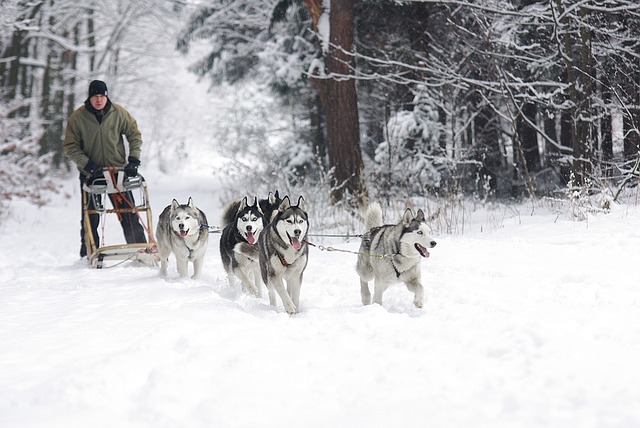
4. Working dogs are bred for a specific job, and as a result, many of the largest breeds are in this group. The Great Dane, Bull Mastiff, Newfoundland, and Alaskan Malamute are examples. Some of these big dogs can weigh 200 pounds. Due to their size and instinctual desire to always be working, these dogs are generally not recommended to inexperienced dog owners.
5. When farmers couldn’t afford horses, mules, or oxen, they trained their dogs to do the jobs typically reserved for large farm animals. Working dogs have a long history of plowing fields and pulling carts full of everything from dirt and rocks to the farmer’s children. They were an invaluable part of keeping a farm running.
6. Working dogs are often intimidating, but they’re typically some of the friendliest dog breeds. Working alongside humans was part of their job description, and they often developed strong bonds with their families. If you want a dog that will always be by your side, the Working Group is a good place to start your search.
Sporting Group
You’ve Heard Of: Labrador Retriever, Cocker Spaniel, German Shorthaired Pointer
You Haven’t Heard Of: Irish Water Spaniel, Spinone Italiano, Lagotto Romagnolo
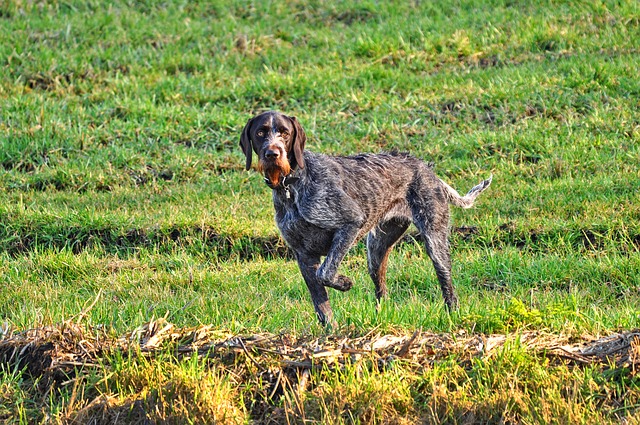
7. There are four basic types of sporting dogs: retrievers, pointers, setters, and spaniels. As the name suggests, retrievers are the ones that retrieve the quarry after the human hunter brings it down. Pointers use their muzzles to point hunters in the right direction, and setters indicate they’ve found game by crouching low to the ground (called setting). Lastly, spaniels are the dogs that flush out birds and other game from dense underbrush. All four types are hunters, but none of them are actually bred to kill animals.
8. Sporting dogs are often confused with hound dogs because they’re both used for hunting. There’s a distinct difference, however, in how the opposing breeds go about tracking down game. Hounds follow scent trails on the ground, but sporting dogs are lead by scents carried through the air.
9. Many of the country’s most popular dog breeds belong to the Sporting Group. The Labrador Retriever is considered a skilled gun dog, and it’s also an ideal family dog. Labs have been ranked the number one most popular dog breed in the country for the past 27 years in a row. They show no sign of giving up their top spot.
Non-Sporting Group
You’ve Heard Of: Bulldog, Dalmatian, Poodle
You Haven’t Heard Of: Lowchen, Schipperke, Xoloitzcuintli

10. The Non-Sporting Group is one of the two original breed categories defined over 100 years ago. Back then, dogs were either sporting dogs or non-sporting dogs, and it was fairly easy to determine which breeds belonged where. Today, it’s a bit more complicated.
11. Out of all the dog breed groups, the non-sporting dogs are the most diverse. It’s usually considered a catch-all group to classify breeds that don’t fit into any of the other six categories. Non-sporting dogs can be small and sturdy like the Bichon Frise or large and exotic-looking like the Chow Chow.
12. The Non-Sporting Group is also the classification for several breeds that most people have never heard of. Do you know what a Lowchen, Schipperke, or Xoloitzcuintli is?
Terrier Group
You’ve Heard Of: American Staffordshire Terrier, Russel Terrier, Scottish Terrier
You Haven’t Heard Of: Sealyham Terrier, Kerry Blue Terrier, Dandie Dinmont Terrier
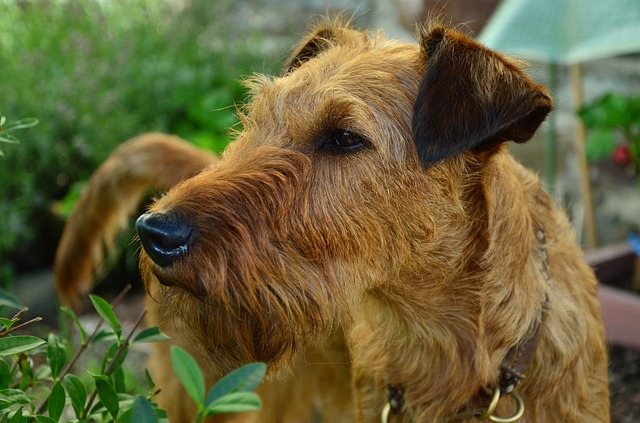
13. Terriers are hunters in their own right, but they have a useful specialty different from sporting dogs. Most terriers were originally bred to hunt vermin like mice, rats, and moles. Some of the larger breeds were also used to fight off ferocious badgers. Unlike sporting dogs, terriers were usually encouraged to both track and kill their prey. For this reason, most of today’s terriers do not do well around small animals.
14. The word “terrier” comes from the Latin word for “earth.” It makes sense that terriers are literally called “earth dogs,” because digging to find underground burrows is one of their favorite things to do. If you have a terrier at home, there’s a good chance your backyard is full of recently-dug holes.
15. Many terrier breeds have wiry coats that require a special kind of grooming called stripping. While most dogs get normal haircuts, certain types of terriers need to have their hair pulled out by the roots The outer layer of fur is stripped away to leave room for new growth and to reveal the shinier undercoat. Don’t worry, as long as it’s done correctly, it doesn’t hurt.
Hound Group
You’ve Heard Of: Beagle, Bloodhound, Greyhound
You Haven’t Heard Of: Harrier, Ibizan Hound, Basenji
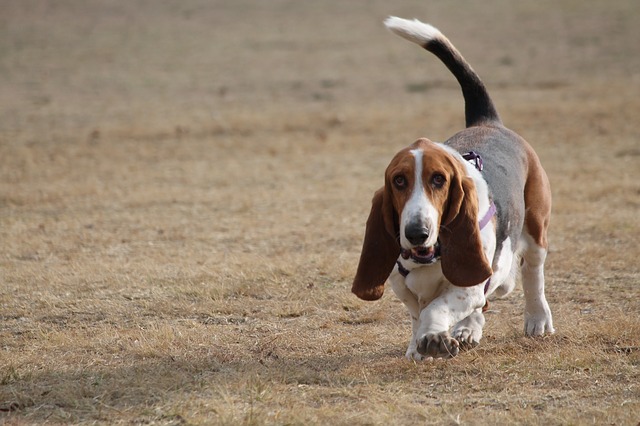
16. The most distinct characteristic about hound dogs is the sound they make. Instead of a traditional bark like herding dogs and sporting dogs, these prey-driven dogs do something called baying. Baying is often described as a mix between a howl and a bark. The sound originated as a way for dogs on the hunt to communicate with hunters, but even pets that have never experienced the thrill of the hunt know how to do it. If you have a hound dog, it’s something you’ll have to get used to.
17. There are two main types of hounds: sighthounds and scenthounds. It’s pretty easy to figure out the difference—they either use their noses or their eyes as their primary sense. Either way, hound dogs have great speed and stamina.
18. Sighthounds, like the Greyhound and Afghan Hound, are credited for being the oldest type of dog. The earliest description of a sighthound dates back to the second century AD. There are also remains from a presumed sighthound thought to be from 7,000 BC.
Toy Group
You’ve Heard Of: Chihuahua, Yorkshire Terrier, Pug
You Haven’t Heard Of: Japanese Chin, Affenpinscher, Chinese Crested
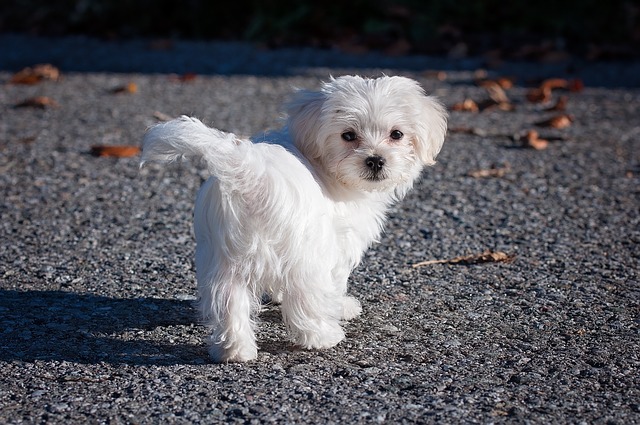
19. Like the other breed groups, the dogs in the Toy Group were all bred for one specific purpose. People wanted small dogs that would be easy to tote around, so they started breeding toy breeds to be the perfect lap dogs. Like herding sheep and pulling carts, doling out cuddles is an important job.
20. Most toy breed dogs only weigh 5-10 pounds fully grown. Even some of the bigger breeds, like the English Toy Spaniel and Shih Tzu, rarely get over 15 pounds. Despite their small size, these spunky pups have big personalities that often get them into trouble.
21. Many breeds in this group are the results of generations of “downsizing” larger breeds. Breeders chose the smallest dogs to breed together to continually produce smaller puppies. They did it for so long, many of these toy breeds are actually miniature versions of larger breeds. The Pomeranian, for example, originates from a larger spitz-type sled dog. Many toy breeds come from herding dogs, hound dogs, and working dogs, but it’s hard to pull a sled or herd sheep when you weigh only 10 pounds.
Whether you have herding dogs or lap dogs, the group they belong to isn’t as important as their unique personalities. Knowing where your pup fits in, however, can tell you a lot about them. It might explain some of their more curious behaviors and natural instincts. Plus, now you can impress your friends with your new-found knowledge about dog breeds.
Sources: AKC , International Sheepdog Society, Animal Planet, Dogster, The Dog Guide, The National Dog Show
 Toledo, United States.
Toledo, United States.